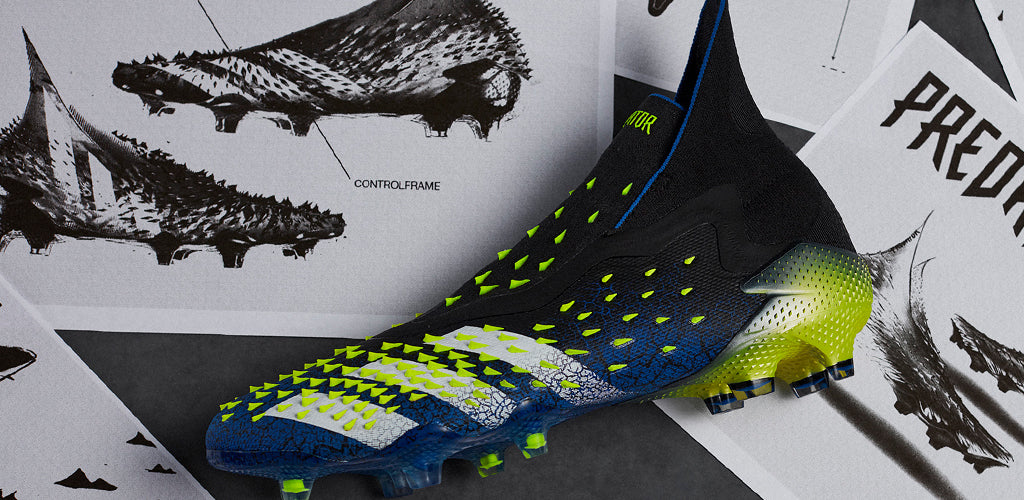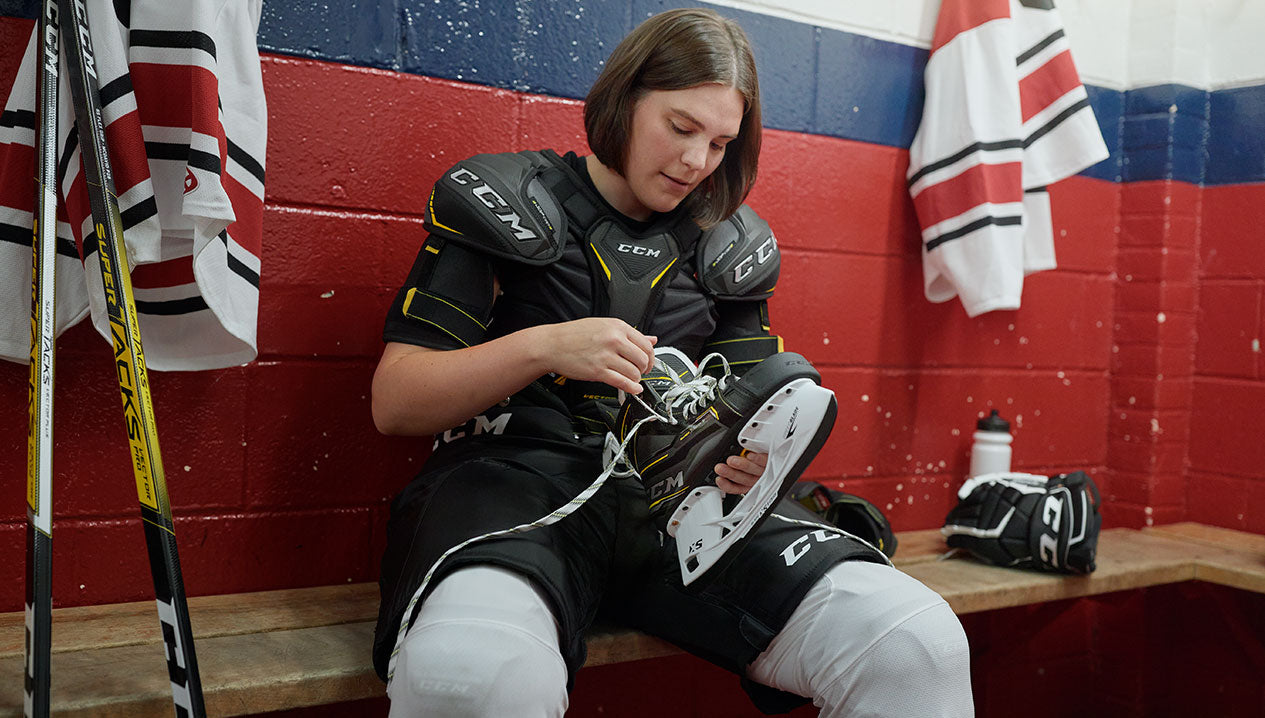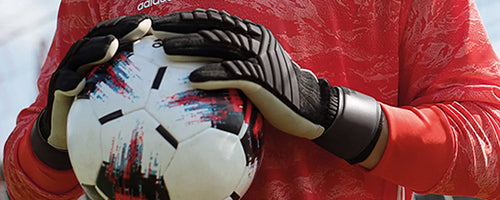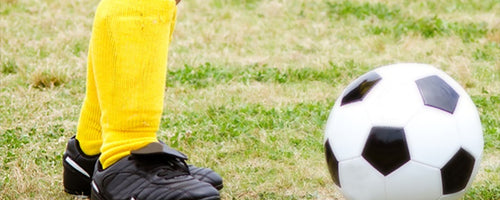The Anatomy of a Soccer Cleat

Understanding What You Are Getting Yourself Into
The game of soccer is a great sport to play during the summer, fall or winter seasons. Whether you or your child is playing outdoor or indoor soccer, choosing the right soccer shoes or cleats is essential to the success of your game. More importantly, stressing that the shoes and cleats fit properly ensures first touches, dribbling, shooting, and simply running is as comfortable and natural as it should be.
There are many different types of cleats (molded studs, detachable studs, indoor, turf), styles, colours, sizes (Senior, Junior), fit features, technologies to choose from. This can be intimidating and overwhelming at first, understanding the anatomy of a soccer shoe, you can utilize the technology and features within the design of the shoe to maximize the product's performance, and ultimately will increase your performance on the field. Don’t fall in love with cleats because of the way it looks or because your favourite player is wearing it. You need precision, accuracy, and consistency to win any in-game moment, and to do this, you must choose the proper soccer cleats that enhances your style of play, skill level, and position.
See All Soccer Cleats
Let’s take a look at the different areas on a soccer shoe:

The Anatomy of a Soccer Cleat Explained
Upper

The upper on a soccer shoe includes all areas on the top of the shoe – including the forefoot or vamp. The upper material is what will give you the “feel” for the ball and control while dribbling down the field of play.
The top portion of the upper is your “Strike Zone” – the part of the shoe that makes contact with the ball. Strike Zones may have silicone or rubber areas that help to control the ball. Areas on the outside of the shoe may have pads to dampen the impact of hard passes.
There are many different materials the upper can be made out of, such as synthetic materials, leather, calf-skin and microfiber. As the price point of a soccer shoe increases, the weight of the shoe decreases and the performance maximizes due to the materials used in the construction of the upper.
Outsole

The bottom of the shoe is the outsole, and this is where the cleats are located which give you traction on the field. The stud itself is often called a cleat and can be fixed / molded or detachable on the bottom of the soccer shoe. Typically, there are three main types of studs: bladed, hard ground and round / conical. Depending on which type of surface you or your child is playing on, the cleat style can be dictated by the league or association – some associations ban metal cleats, while others do not allow molded or metal cleats for indoor soccer – and personal preference. Do your research and find out what is valid with your local soccer association before you buy your cleats, and take the time to try shoes with different cleat patterns and experience how your foot feels with the cleats positioned underfoot.
Midsole & Heel Counter

For cushioning and support, the midsole and heel counter have materials to improve comfort and ensure your stability for quick starts, stops and turns. The midsole keeps the shape of the boot and integrates the heel counter. The heel counter protects the heel from player kicks and gives lateral support on as you sprint up and down the field. The heel counter can either be external, or built within the shoe. While absorbing shock when running, it also releases the energy of your cleat pulling out of the turf into your foot to propel you. One disadvantage of the external heel counter is that they have a pre-formed shape, so if your heel is wider than the heel counter, you will feel that pressure. Internal heel counters are very durable, but are not as protective when kicked.
The inside of the heel wrap often has a suede or microfiber liner that keeps the back of the heel pliable and helps it to stick to the sock.
Insole

The insole may be made of different materials including porous foam for comfort cushioning that is lightweight but water resistant. Die-cut EVA liners are basic entry-level that are stiffer, do not absorb shock and lie flat in the bottom without cupping on the sides. These do not hold your foot in the shoe as securely.
Many shoes have removable insoles so you can put in your personal sport orthotic to help with support.
See All Soccer Cleats
Whether you are new to the game or are a grizzled veteran, making sure that you understand your shoe and how your it reacts during play will help you become a better player by increasing your awareness. Scoring goals is fun, but selecting the right footwear increases all elements of your game such as traction and stability (safety), running and dribbling (agility) and passing and shooting (accuracy). All of which increases your overall performance.

For expert advice on soccer gear and equipment that is right for your game, level of play, and budget, come see us at your local Source for Sports soccer store near you. We Fit Your Game.
Join Source Nation to get the latest news on product launches, Source Exclusive product lines, tips and tricks for parents and players, and more!



